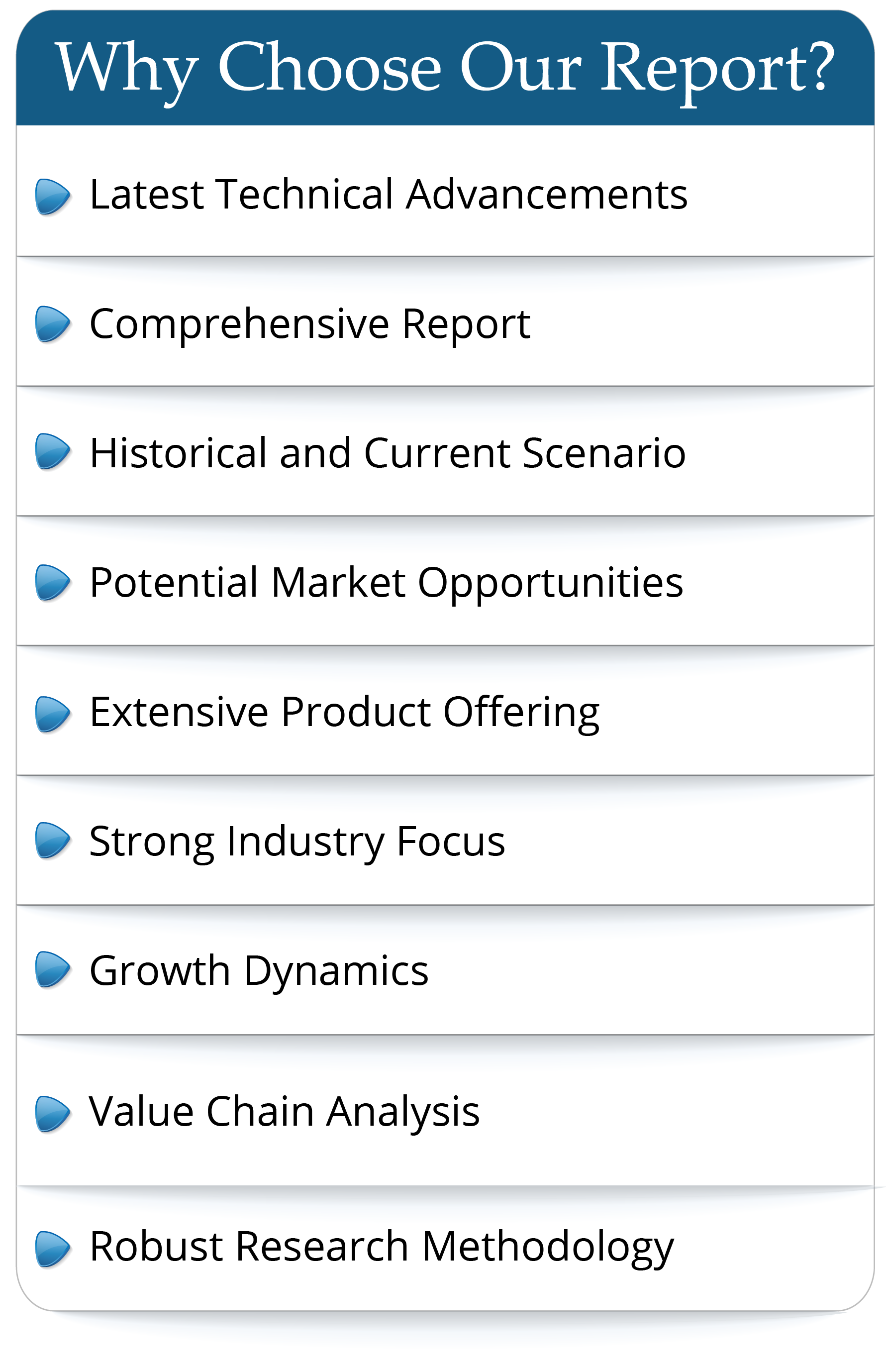Single Chamber Vacuum Heat Treatment Furnace is used for a wide variety of heat treating processes and applications, such like hardening, tempering, annealing, brazing, low pressure carburizing and sintering.
The global Single Chamber Vacuum Heat Treatment Furnace market was valued at US$ 256 million in 2023 and is anticipated to reach US$ 325.8 million by 2030, witnessing a CAGR of 3.5% during the forecast period 2024-2030.
Vacuum heat treatment furnace is an advanced heat treatment equipment that has been greatly developed in recent years. The workpiece is heated and cooled in an ultra-low pressure space. It has the advantages of good quality, energy saving, safety and less pollution. Vacuum heat treatment is a comprehensive technology that combines vacuum technology and heat treatment. It means that all and part of the heat treatment process is carried out in a vacuum state. Vacuum is divided into low, medium, high and ultra-high vacuum. The equipment is mainly composed of furnace shell, heating chamber, air-cooling circulation system, vacuum system, water-cooling system, pneumatic system, inflation and deflation system, temperature measurement system, electric control system and material truck. The workpiece to be processed is heated slowly in the furnace, the internal heat temperature difference is small, and the thermal stress is small, so the deformation is small and the product qualification rate is high. It can reduce the cost and has the function of degassing, thus improving the mechanical performance and service life of the work. The working environment is good, the operation is safe, and there is no pollution and public nuisance. The processed workpiece has no danger of hydrogen embrittlement, and the hydrogen embrittlement on the surface of titanium and refractory metal shells is prevented. The stability and repeatability of the vacuum heat treatment process are good. With this series of advantages, the development of vacuum heat treatment equipment and processes has been paid more and more attention and applied more and more widely.
This report aims to provide a comprehensive presentation of the global market for Single Chamber Vacuum Heat Treatment Furnace, with both quantitative and qualitative analysis, to help readers develop business/growth strategies, assess the market competitive situation, analyze their position in the current marketplace, and make informed business decisions regarding Single Chamber Vacuum Heat Treatment Furnace.
Report Scope
The Single Chamber Vacuum Heat Treatment Furnace market size, estimations, and forecasts are provided in terms of output/shipments (K Units) and revenue ($ millions), considering 2023 as the base year, with history and forecast data for the period from 2019 to 2030. This report segments the global Single Chamber Vacuum Heat Treatment Furnace market comprehensively. Regional market sizes, concerning products by Type, by Application, and by players, are also provided.
For a more in-depth understanding of the market, the report provides profiles of the competitive landscape, key competitors, and their respective market ranks. The report also discusses technological trends and new product developments.
The report will help the Single Chamber Vacuum Heat Treatment Furnace manufacturers, new entrants, and industry chain related companies in this market with information on the revenues, production, and average price for the overall market and the sub-segments across the different segments, by company, by Type, by Application, and by regions.
Market Segmentation
By Company
Ipsen
ECM
Tenova
IHI(Hayes)
Seco/Warwick
ALD Vacuum Technologies
Solar Mfg
C.I. Hayes
Beijing Huahai Zhongyi Energy-saving Technology Joint Stock
Chugai Ro
Segment by Type
Horizontal Type
Vertical Type
Segment by Application
Automotive
Tool and Die
Production by Region
North America
Europe
China
Japan
Consumption by Region
North America
United States
Canada
Europe
Germany
France
U.K.
Italy
Russia
Asia-Pacific
China
Japan
South Korea
China Taiwan
Southeast Asia
India
Latin America, Middle East & Africa
Mexico
Brazil
Turkey
GCC Countries
Chapter Outline
Chapter 1: Introduces the report scope of the report, executive summary of different market segments (by region, by Type, by Application, etc), including the market size of each market segment, future development potential, and so on. It offers a high-level view of the current state of the market and its likely evolution in the short to mid-term, and long term.
Chapter 2: Detailed analysis of Single Chamber Vacuum Heat Treatment Furnace manufacturers competitive landscape, price, production and value market share, latest development plan, merger, and acquisition information, etc.
Chapter 3: Production/output, value of Single Chamber Vacuum Heat Treatment Furnace by region/country. It provides a quantitative analysis of the market size and development potential of each region in the next six years.
Chapter 4: Consumption of Single Chamber Vacuum Heat Treatment Furnace in regional level and country level. It provides a quantitative analysis of the market size and development potential of each region and its main countries and introduces the market development, future development prospects, market space, and production of each country in the world.
Chapter 5: Provides the analysis of various market segments by Type, covering the market size and development potential of each market segment, to help readers find the blue ocean market in different market segments.
Chapter 6: Provides the analysis of various market segments by Application, covering the market size and development potential of each market segment, to help readers find the blue ocean market in different downstream markets.
Chapter 7: Provides profiles of key players, introducing the basic situation of the main companies in the market in detail, including product production/output, value, price, gross margin, product introduction, recent development, etc.
Chapter 8: Analysis of industrial chain, including the upstream and downstream of the industry.
Chapter 9: Introduces the market dynamics, latest developments of the market, the driving factors and restrictive factors of the market, the challenges and risks faced by manufacturers in the industry, and the analysis of relevant policies in the industry.
Chapter 10: The main points and conclusions of the report.
The global Single Chamber Vacuum Heat Treatment Furnace market was valued at US$ 256 million in 2023 and is anticipated to reach US$ 325.8 million by 2030, witnessing a CAGR of 3.5% during the forecast period 2024-2030.
Vacuum heat treatment furnace is an advanced heat treatment equipment that has been greatly developed in recent years. The workpiece is heated and cooled in an ultra-low pressure space. It has the advantages of good quality, energy saving, safety and less pollution. Vacuum heat treatment is a comprehensive technology that combines vacuum technology and heat treatment. It means that all and part of the heat treatment process is carried out in a vacuum state. Vacuum is divided into low, medium, high and ultra-high vacuum. The equipment is mainly composed of furnace shell, heating chamber, air-cooling circulation system, vacuum system, water-cooling system, pneumatic system, inflation and deflation system, temperature measurement system, electric control system and material truck. The workpiece to be processed is heated slowly in the furnace, the internal heat temperature difference is small, and the thermal stress is small, so the deformation is small and the product qualification rate is high. It can reduce the cost and has the function of degassing, thus improving the mechanical performance and service life of the work. The working environment is good, the operation is safe, and there is no pollution and public nuisance. The processed workpiece has no danger of hydrogen embrittlement, and the hydrogen embrittlement on the surface of titanium and refractory metal shells is prevented. The stability and repeatability of the vacuum heat treatment process are good. With this series of advantages, the development of vacuum heat treatment equipment and processes has been paid more and more attention and applied more and more widely.
This report aims to provide a comprehensive presentation of the global market for Single Chamber Vacuum Heat Treatment Furnace, with both quantitative and qualitative analysis, to help readers develop business/growth strategies, assess the market competitive situation, analyze their position in the current marketplace, and make informed business decisions regarding Single Chamber Vacuum Heat Treatment Furnace.
Report Scope
The Single Chamber Vacuum Heat Treatment Furnace market size, estimations, and forecasts are provided in terms of output/shipments (K Units) and revenue ($ millions), considering 2023 as the base year, with history and forecast data for the period from 2019 to 2030. This report segments the global Single Chamber Vacuum Heat Treatment Furnace market comprehensively. Regional market sizes, concerning products by Type, by Application, and by players, are also provided.
For a more in-depth understanding of the market, the report provides profiles of the competitive landscape, key competitors, and their respective market ranks. The report also discusses technological trends and new product developments.
The report will help the Single Chamber Vacuum Heat Treatment Furnace manufacturers, new entrants, and industry chain related companies in this market with information on the revenues, production, and average price for the overall market and the sub-segments across the different segments, by company, by Type, by Application, and by regions.
Market Segmentation
By Company
Ipsen
ECM
Tenova
IHI(Hayes)
Seco/Warwick
ALD Vacuum Technologies
Solar Mfg
C.I. Hayes
Beijing Huahai Zhongyi Energy-saving Technology Joint Stock
Chugai Ro
Segment by Type
Horizontal Type
Vertical Type
Segment by Application
Automotive
Tool and Die
Production by Region
North America
Europe
China
Japan
Consumption by Region
North America
United States
Canada
Europe
Germany
France
U.K.
Italy
Russia
Asia-Pacific
China
Japan
South Korea
China Taiwan
Southeast Asia
India
Latin America, Middle East & Africa
Mexico
Brazil
Turkey
GCC Countries
Chapter Outline
Chapter 1: Introduces the report scope of the report, executive summary of different market segments (by region, by Type, by Application, etc), including the market size of each market segment, future development potential, and so on. It offers a high-level view of the current state of the market and its likely evolution in the short to mid-term, and long term.
Chapter 2: Detailed analysis of Single Chamber Vacuum Heat Treatment Furnace manufacturers competitive landscape, price, production and value market share, latest development plan, merger, and acquisition information, etc.
Chapter 3: Production/output, value of Single Chamber Vacuum Heat Treatment Furnace by region/country. It provides a quantitative analysis of the market size and development potential of each region in the next six years.
Chapter 4: Consumption of Single Chamber Vacuum Heat Treatment Furnace in regional level and country level. It provides a quantitative analysis of the market size and development potential of each region and its main countries and introduces the market development, future development prospects, market space, and production of each country in the world.
Chapter 5: Provides the analysis of various market segments by Type, covering the market size and development potential of each market segment, to help readers find the blue ocean market in different market segments.
Chapter 6: Provides the analysis of various market segments by Application, covering the market size and development potential of each market segment, to help readers find the blue ocean market in different downstream markets.
Chapter 7: Provides profiles of key players, introducing the basic situation of the main companies in the market in detail, including product production/output, value, price, gross margin, product introduction, recent development, etc.
Chapter 8: Analysis of industrial chain, including the upstream and downstream of the industry.
Chapter 9: Introduces the market dynamics, latest developments of the market, the driving factors and restrictive factors of the market, the challenges and risks faced by manufacturers in the industry, and the analysis of relevant policies in the industry.
Chapter 10: The main points and conclusions of the report.
Frequently Asked Questions
This market study covers the global and regional market with an
in-depth analysis of the
overall growth prospects...
- By product type
- By End User/Applications
- By Technology
- By Region
The report provides a detailed evaluation of the market by
highlighting information on
different aspects including drivers, restraints...

 Pre-order Enquiry
Pre-order Enquiry Download Free Sample
Download Free Sample












